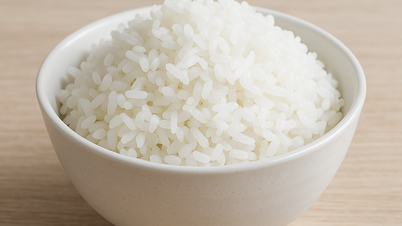In fact, lifting heavy or light weights depends on each person's strength. Therefore, there is no specific weight that is considered heavy or light. For example, for beginners, a 10 kg weight may be heavy. But for those who have been training for a long time and have large muscle mass, a 100 kg weight may be considered heavy, according to the health website Prevention (USA).

Lifting light weights is a great form of exercise to help reduce fat and maintain muscle mass.
In general, light weight lifting is when the practitioner can lift a maximum of 12 to 15 times per set. Meanwhile, heavy weight lifting is when the practitioner can only lift less than 12 times per set. Regardless of the level of weight lifting, warming up is extremely important, especially for the elderly. Warming up thoroughly, warming up the muscles and joints will help reduce the risk of injury.
When practicing light weight lifting, the practitioner will achieve the following benefits:
Effective fat loss
Lifting light weights regularly combined with a healthy diet will help reduce fat very effectively. Not only that, muscles will also be firmer and grow larger.
Thanks to the reduction in body fat percentage, the practitioner will feel lighter and move more flexibly. This benefit is especially important for people entering middle age, when aging slows down the metabolism.
Maintain muscle mass
Starting in your 30s, if you don't exercise regularly, your muscle mass will start to shrink. This loss of muscle mass is a natural part of aging.
As muscle is lost, fat takes its place and the body's fat percentage increases. In fact, studies show that from age 30 onwards, the body loses an average of 3 to 8 percent of its muscle mass every 10 years. After age 60, the rate is even higher. Lifting light weights will slow this decline. In fact, in some people, lifting light weights combined with a reasonable diet can even help muscles grow larger.
Improve bone density
Premenopausal and menopausal women are at high risk of osteoporosis due to decreased levels of estrogen and progesterone hormones. However, lifting weights stimulates the bones and promotes the formation of new bone cells. As a result, bone density increases and the risk of osteoporosis is significantly reduced. At the same time, lifting light weights also reduces the risk of injury.
Improve core muscles
Light weight lifting exercises that target the thigh muscles will also help improve the strength of the core muscles such as the abs, hips, and glutes. These core muscles, when strong and flexible, will help improve balance and reduce the risk of falls due to sudden changes in motion, according to Prevention .
Source link


































































































Comment (0)